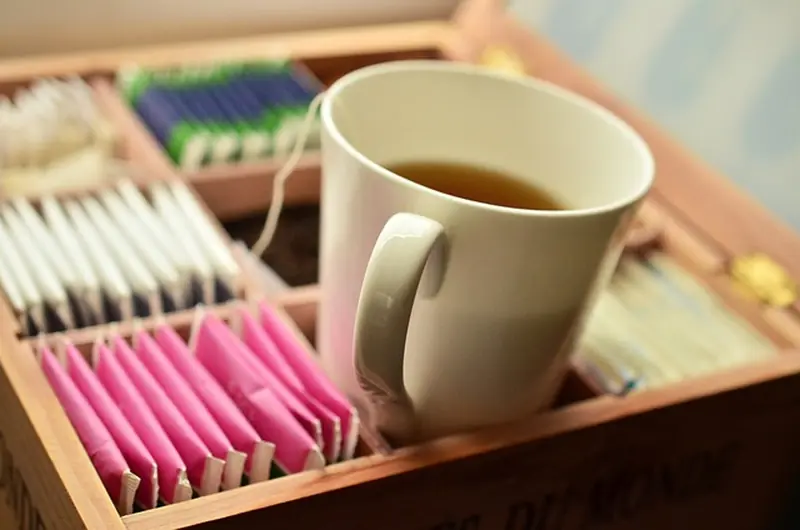
A cup of good tea has long been associated with numerous health benefits. A new study from Northwestern University in the U.S. has revealed that the brewing process helps remove charged atoms (ions) of heavy metals from water. In simpler terms, heavy metals cling to tea leaves, which then extract them from the water.
What Did the Scientists Discover?
Previous research linked the benefits of tea to the chemical compounds found in plants. However, the authors of this new study suggested that the brewing process itself might hold the key to tea’s benefits, as reported by Live Science. The researchers aimed to investigate how this process affects the levels of toxic metals in water that pose risks for strokes and cardiovascular diseases.
For their experiments, the scientists purchased several types of tea bags from popular brands, including black, green, chamomile, white, oolong, and rooibos (or roibush). Chamomile and aspalathus for rooibos are brewed and consumed like tea, but these plants belong to different families than traditional teas.

While brewing various types of tea, the researchers tested the ability of these beverages to neutralize heavy metal ions in water. The results showed that a standard cup of tea brewed for three to five minutes could remove about 15 percent of lead from water with a concentration of lead up to 10 parts per million. Although there is no safe level of lead in drinking water, experts have established an acceptable limit of 15 parts per billion. Brewing also reduced the levels of ions from other metals, such as chromium and cadmium.
The type of tea bag played a significant role in the results. Cotton and nylon bags did not contribute to the adsorption of contaminants, while cellulose bags removed a larger portion. Additionally, the type of tea and the grind size were important factors. Finely ground black tea leaves showed the most significant effect. Green and white teas also yielded good results. These three leaders reduced lead ion concentrations more effectively than oolong, rooibos, and chamomile tea.
The Most Important Factor – Brewing Time
However, the most crucial factor influencing the removal of toxic metals from water was the brewing time.
“Any tea that is brewed longer or has a larger surface area will effectively remove more heavy metals,” said materials scientist Benjamin Shindel, the lead author of the study. According to him, people who brew tea for just a few seconds should not expect significant purification. “But brewing tea for a longer time will extract a larger portion of the metal, or possibly even nearly all of the metal from the water,” he stated.
“If people were to drink an additional cup of tea each day, we might eventually see a decrease in diseases closely linked to heavy metal exposure,” noted Benjamin Shindel. “Or this could help explain why individuals who consume more tea have lower rates of heart disease and strokes compared to those who drink less tea,” he added.
The study’s findings were published in the journal ACS Food and Science Technology.
By the way, the global population consumes over 5 billion cups of tea daily, making it the second most consumed beverage on the planet after water. According to experts, Turkey has the highest tea consumption.
